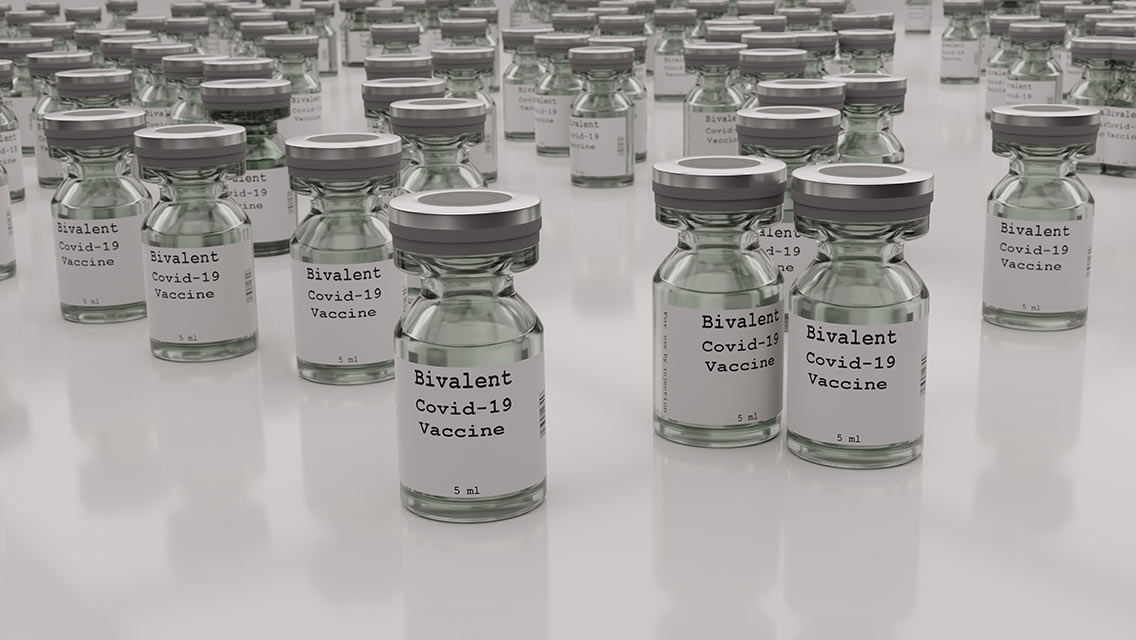We can handle only so much drama and trepidation, so I’m not surprised to discover that, nearly three years into the current pandemic, U.S. seniors seem to have largely stopped worrying about COVID, casting their collective fate to the wind.
It’s difficult to draw any other conclusion from recent reports revealing the woeful response among my contemporaries to the latest round of COVID boosters. About seven in 10 seniors rolled up their sleeves for the first booster, fewer than half have been jabbed with the second, and they’ve essentially ignored the updated bivalent booster — only about one in 10 have received the latest shot.
“Most older people were vaccinated; they weren’t hesitant or opposed,” Anne Sosin, MPH, a public-health researcher at the Rockefeller Center for Public Policy, tells the New York Times. As each additional booster came along, however, seniors have mostly demurred. “They’re not very motivated and they haven’t been given a reason to be,” she adds. “There’s more of a sense of ‘Why bother?’”
It’s not just that many of us have become inured to the threat; it has also receded at the public-health level, creating a lack of urgency. “The messaging on boosters has been very muddled,” Sosin argues. And that has exacerbated the generally laissez-faire attitude many seniors have adopted toward the virus, producing what could be a dangerous environment as we move into and through the holiday season. “Older people are entering the winter with less protection than at earlier points in the pandemic,” she notes.
I rolled up my sleeve for the third booster last week, a move that I hope will continue to ward off the virus into the foreseeable future. But I’ve been struck in recent days by reports from public-health experts — as well as stories from neighbors, friends, and colleagues — that suggest even multiple doses of the vaccine do not guarantee immunity against the ever-evolving bug.
You may have seen the news story last week reporting that the pandemic is now killing more vaccinated than unvaccinated Americans. “Fifty-eight percent of coronavirus deaths in August were people who were vaccinated or boosted,” McKenzie Beard wrote in the Washington Post. “In September 2021, vaccinated people made up just 23 percent of the coronavirus fatalities,”
And, if we didn’t immediately get the message, Beard laid it out in simpler terms: “It’s no longer a pandemic of the unvaccinated.”
The story went on to encourage people to get their shots, but you needed to dig down to the eighth paragraph before you’d find an explanation for the troubling shift: “At this point in the pandemic, a large majority of Americans have received at least their primary series of coronavirus vaccines, so it makes sense that vaccinated people are making up a greater share of fatalities.”
And further down: “Unvaccinated people 50 and up had 12 times the risk of dying from COVID-19 than adults the same age with two or more booster doses.”
When I noticed My Lovely Wife scanning the story in our local newspaper, I found myself fumbling for the obvious explanation. I can only imagine how the headline — “Vaccinated people now make up a majority of COVID deaths” — played among our cohort who haven’t yet decided whether the booster is worth the trouble.
I suspect those of us seniors who have kept up with our vaccinations understand we’re far less likely than our unvaxed contemporaries to land in the ER or the local mortuary as a result of contracting the virus, but we’re still getting sick. The septuagenarian couple next door, who had managed to avoid the bug since the plague first struck, came down with a nasty case earlier this month. Cases among friends and colleagues have also become almost commonplace in recent weeks. The fact that all these people were vaccinated and boosted tends to challenge the notion that vaccines alone will allow us to dodge each succeeding version of the virus.
The threat COVID presents is “reduced, but it’s not gone,” William Schaffner, MD, a Vanderbilt University infectious-disease specialist, tells the Times. “You can’t forget it. You can’t put it in the rearview mirror.”
It seems a bit paranoiac to even consider returning to some version of the shelter-in-place mindset that dominated the early days of the pandemic, but I can’t help thinking some caution is warranted. It’s simply naive to assume COVID is in retreat. The most recent variant currently making the rounds, BQ.1.1, is about 175 times more resistant than the original virus to the body’s immune defenses.
And while that knowledge has not yet convinced MLW and me to avoid our favorite coffee shop (the tables are well spaced, we tell ourselves) or seriously reconsider our options for dining out, we remain skeptical of large gatherings and generally find ourselves more circumspect today than we were a few months ago.
COVID may have been in our rearview mirror, but we’re beginning to understand that it’s closer than it may appear. Here’s hoping our contemporaries are paying more attention as well.





This Post Has 0 Comments